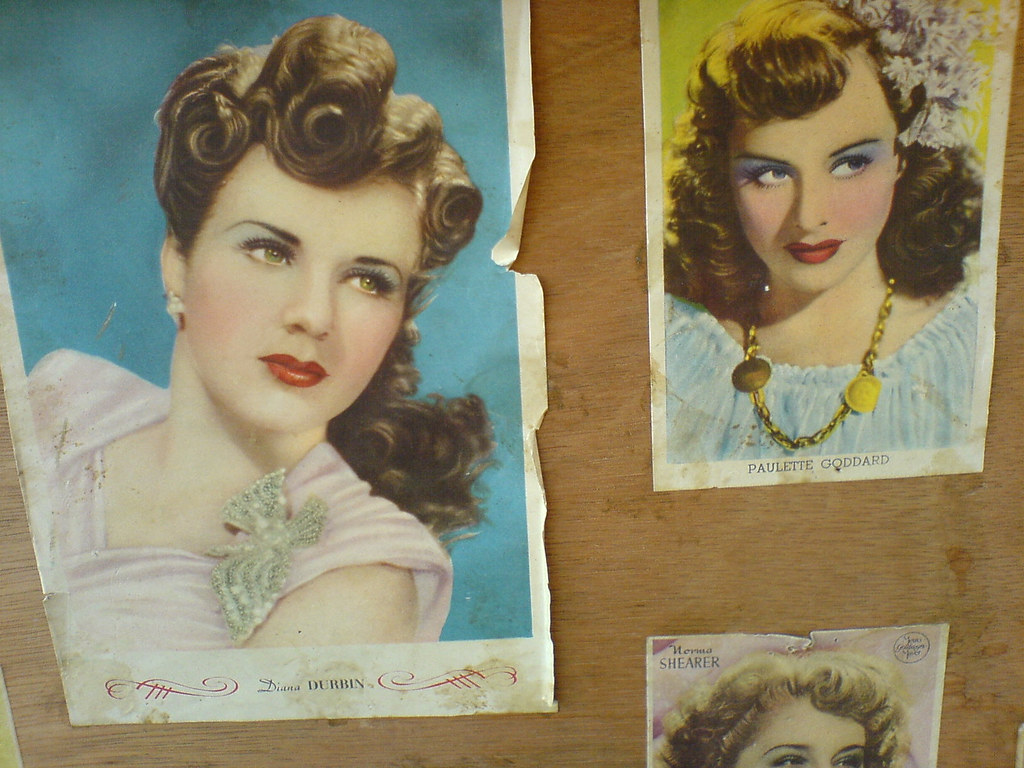
In the dazzling world of Hollywood, where stars often seem immortalized on screen, there’s a deeply human truth that resonates through every performance: actors, like all of us, face life’s ultimate curtain call. Yet, for some of these beloved figures, the call came while the cameras were still rolling, or while they bravely pushed through immense personal battles, often unbeknownst to their audiences or even their co-stars. Their stories are not just tales of cinematic challenge, but profound testaments to unwavering dedication and the sheer will to create art against all odds.
This is a journey into the heart of what it means to be an actor, to commit to a role, to tell a story, even when facing one’s own mortality. We’re talking about individuals who, despite confronting serious health crises or terminal diagnoses, stepped onto set, memorized lines, and delivered some of their most powerful and poignant performances. These aren’t just moments of professional resilience; they are deeply personal narratives that illuminate the strength of the human spirit and the enduring power of cinema.
Join us as we celebrate the indelible legacies of these incredible talents, exploring how they channeled their personal struggles into characters that moved and inspired us all. Each story is a reminder of the passion that fuels Hollywood, and the extraordinary efforts made to bring magic to the silver screen, even in the face of the most challenging circumstances.
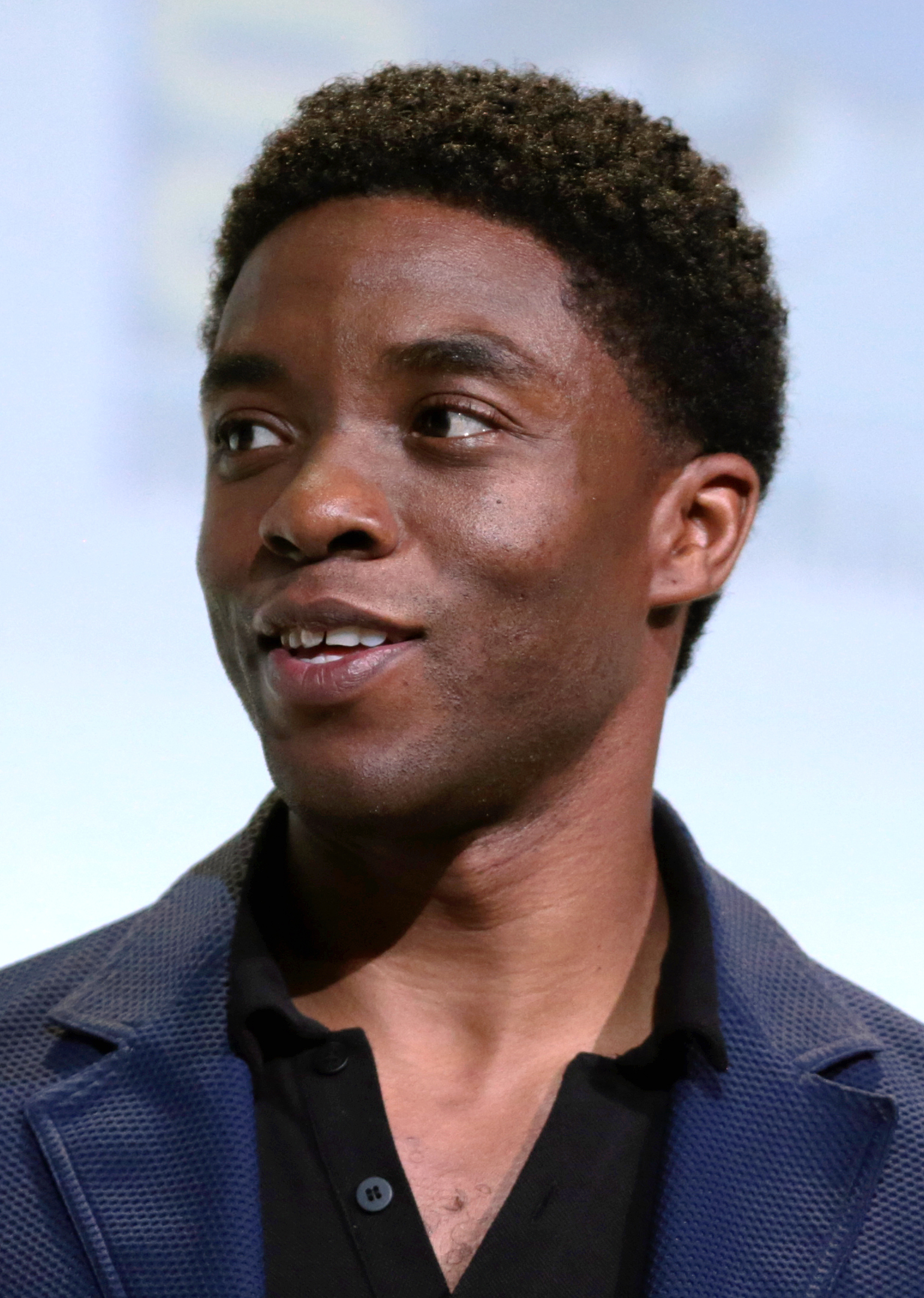
1. **Chadwick Boseman**The world was collectively stunned and devastated when Chadwick Boseman passed away, following a private battle with colon cancer, at age 43. His incredible strength and commitment to his craft were truly remarkable, especially considering the gravity of his fight against the illness. To think he was enduring such a personal war while delivering groundbreaking performances is simply awe-inspiring, and it adds an immeasurable layer of pathos to his entire body of work.
In his final film performance, the critically acclaimed “Ma Rainey’s Black Bottom” (2020), Boseman played Levee Green, an ambitious trumpeter. Though Levee himself was a fictional character, the power and authenticity Boseman brought to the role were undeniably real. His portrayal was a masterclass in emotional depth, capturing the character’s ambitions, frustrations, and deep-seated trauma with breathtaking intensity.
There’s a particularly haunting scene where Levee, after being teased by his fellow musicians, launches into a furious monologue recounting unspeakable trauma from his childhood. The camera stays fixed on Boseman, allowing us to witness every nuance of his performance as he recounts this horrifying ordeal and its brutal fallout. In this one speech, we gain a profound understanding of Levee’s complex character, and an even greater appreciation for Boseman’s immense and singular talent.
His passing left an enormous void, but his legacy, solidified by performances like this, continues to inspire. Boseman’s dedication to his roles, even while privately battling a life-threatening illness, is a powerful reminder of the extraordinary lengths artists go to for their craft, and the profound impact they leave behind.
Read more about: From ‘Whoa!’ to ‘Wait, What?!’ — The Wildest Actor Replacements in Hollywood History That Tried (and Failed) to Fool Us All!
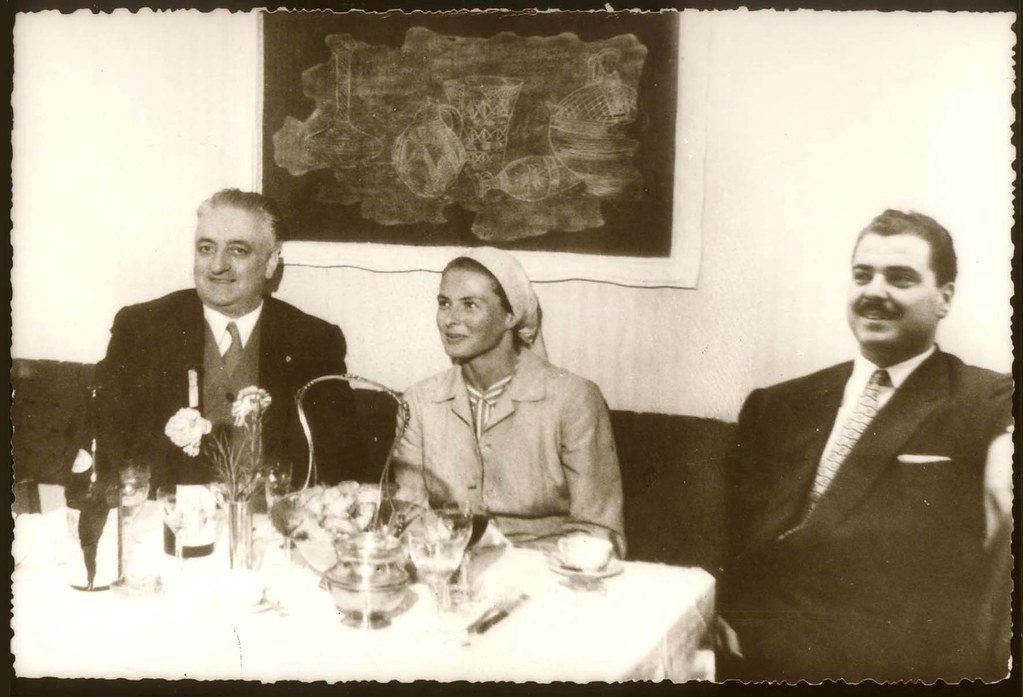
2. **Ingrid Bergman**Ingrid Bergman, a towering figure in cinema, brought a unique depth to her roles throughout her career, and her final theatrical film, “Autumn Sonata” (1978), is a profound example of her enduring artistry. Knowing that Bergman had been contending with breast cancer for several years prior to filming adds an even deeper layer of poignancy and emotional resonance to her performance.
In the film, Bergman portrays Charlotte, an acclaimed pianist who embarks on a difficult journey to reconnect with her estranged daughter, Eva. This reunion forces Charlotte to confront the painful ramifications of her past decisions, including the institutionalization of her youngest daughter, Helena. It’s a raw, unflinching look at family dynamics and the weight of unresolved emotions.
Eva’s direct confrontation, where she tells her mother about the hurt she’s caused through her willful neglect, is particularly gut-wrenching. A heartbroken Charlotte vows to change her ways, a moment filled with both hope and the tragic understanding that it might be too little, too late. Bergman masterfully conveys Charlotte’s internal conflict and the pain of finally facing a past she could no longer outrun.
While Charlotte as a character has many aspects that might be disliked, Bergman’s brilliant work captures the raw vulnerability and anguish of a woman grappling with her mistakes. Her performance is a testament to her ability to imbue even flawed characters with profound humanity, creating a final cinematic statement that resonates deeply with audiences.
Read more about: The Enduring Enigma of Linda Darnell: Unraveling the Tumultuous Life and Tragic Death of a 1940s Hollywood Star
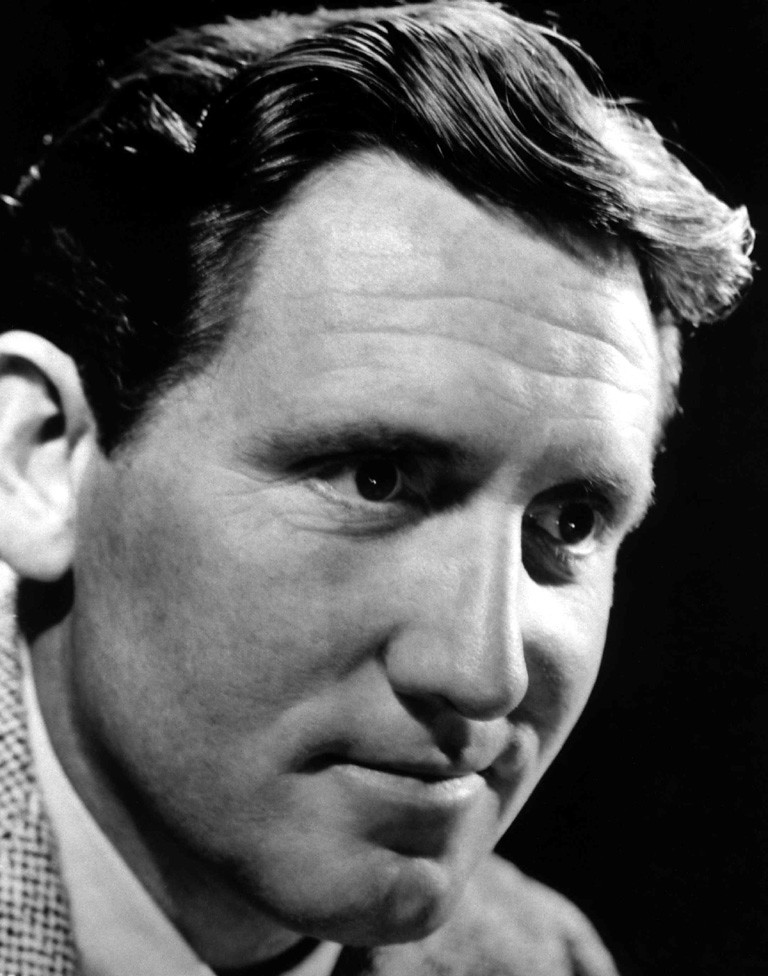
3. **Spencer Tracy**Spencer Tracy, a legendary actor renowned for his unshowy consideration and dignified performances, left an indelible mark on Hollywood. His final film, “Guess Who’s Coming to Dinner” (1967), holds immense significance not only as one of the first Hollywood movies to positively depict interracial relationships, but also as a powerful swansong for Tracy himself.
At the time of filming, Tracy was in poor health, battling heart disease and diabetes, and would tragically pass away just days after filming wrapped. This knowledge adds an almost unbearable weight and profundity to his final scenes, especially his climactic monologue. Despite his physical struggles, Tracy poured every ounce of his legendary talent into portraying Matt Drayton, the patriarch wrestling with his daughter’s engagement to Sidney Poitier’s doctor.
The film’s enduring moment is Matt Drayton’s candid monologue, delivered to his family and future in-laws, where he voices the complex gamut of feelings he’s had to process. Tracy, true to his iconic style, imbued Matt’s speech with a quiet dignity and a profound sincerity that few actors could achieve. It wasn’t about grand gestures, but about the deeply felt emotions of a father navigating a changing world.
Tracy went out on an incredibly high note, delivering a timeless ode to the power of love in a world often overwhelmed by hate. His ability to convey such immense emotional depth with understated power, even in his declining health, solidified his status as one of cinema’s all-time greats. His final performance remains a poignant reminder of his brilliance and dedication.
Read more about: Dive Into the Chaos: 14 Wild Facts About the Cast and Making of ‘It’s a Mad Mad Mad Mad World’
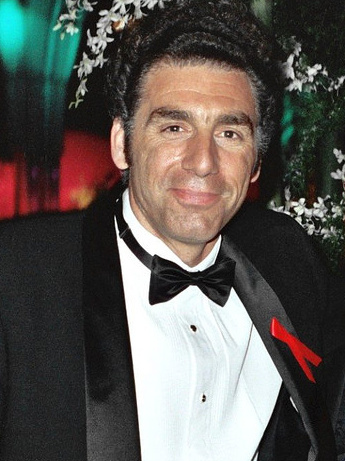
4. **Richard Farnsworth**Richard Farnsworth, an actor whose weathered face told a thousand stories, delivered one of his most deeply affecting performances in David Lynch’s tender road drama, “The Straight Story” (1999). This film, surprisingly G-rated and distributed by Disney, followed Alvin Straight, an elderly veteran who travels from Iowa to Wisconsin on a riding mower to visit his ailing brother. Farnsworth’s portrayal of Alvin was imbued with an authenticity that was heartbreakingly real.
Unbeknownst to many at the time, Farnsworth had been diagnosed with prostate cancer that had partially paralyzed him during the filming. Yet, despite the immense personal pain and physical limitations, he managed to give his final performance his absolute all. This dedication shines through in every frame, adding a layer of raw vulnerability and genuine struggle to Alvin’s arduous journey.
At the film’s moving conclusion, the long-estranged brothers are finally reunited. Few words are exchanged between them, but those that are speak volumes. The weight of their shared history and Alvin’s incredible effort to reach his brother are palpable in the quiet, profound interaction. Farnsworth’s performance here is a masterclass in expressive subtlety, conveying a lifetime of emotion with minimal dialogue.
Tragically, the pain of his illness would eventually lead to Farnsworth taking his own life, lending an even further poignancy to this already bittersweet moment. His final role remains a powerful testament to his unwavering commitment to his craft, even in the face of unimaginable personal suffering, leaving audiences with an unforgettable portrait of resilience and connection.
Read more about: Conchata Ferrell: Celebrating a Life of Laughter, Grit, and Unforgettable Roles

5. **Jason Robards**Jason Robards, a screen legend with a career spanning decades, brought a profound intensity to his roles, and his performance in Paul Thomas Anderson’s epic ensemble drama, “Magnolia” (1999), is no exception. In this intimate yet sprawling film, Robards played Earl Partridge, a TV producer who is dying from cancer and desperately hoping to make amends with his estranged son before his passing. It was a role that, for Robards, carried an unsettling real-world resonance.
Robards would succumb to lung cancer a year after “Magnolia’s” release, and while it’s not entirely clear if he had received his diagnosis at the precise time of filming, he had certainly been dealing with other significant health complications. This personal battle undoubtedly informed his portrayal, adding an authentic layer of pain and regret to Earl’s dying days. His performance became a powerful exploration of a man confronting a lifetime of mistakes.
One of the film’s most gut-wrenching scenes features Robards’ Earl Partridge speaking to Philip Seymour Hoffman’s nurse about his profound regrets. Earl, disgusted at his own selfishness and the pain he caused, lays into himself with brutal honesty. He reflects on how his guilt has not diminished with time, but rather grown stronger, making his final days agonizing beyond just his physical ailment.
Robards makes every single word count in this scene, delivering a performance that is both heartbreaking and utterly captivating. His portrayal of a man consumed by remorse, desperately seeking absolution in his final moments, is a masterclass in acting. It stands as a powerful testament to his ability to delve into the darkest corners of the human psyche, leaving audiences profoundly moved.
Read more about: Robert Redford: The Enduring Legacy of a Hollywood Legend, from Sundance Kid to Silver Screen Titan

6. **Edward G. Robinson**Even for those who haven’t seen the dystopian thriller “Soylent Green” (1973), its horrifying reveal has become a pop culture staple. But beyond its famous twist, the film is essential viewing for one undeniable reason: it features the great Edward G. Robinson’s final, profoundly moving performance. Robinson, a titan of the silver screen, added immense gravitas to his character, Solomon Roth.
In the film, Robinson’s Solomon Roth assists Charlton Heston’s detective in his investigation into the mystery behind Soylent Green. As the horrifying truth of what Soylent Green truly is unravels, a traumatized Roth makes the devastating choice to end his life through euthanasia. The scene is quiet, contemplative, and imbued with an almost unbearable sadness, largely due to Robinson’s powerful presence.
What makes this performance even more poignant is the heartbreaking fact that Robinson, unbeknownst to his co-stars during filming, was gravely ill with bladder cancer. He would pass away just two months after completing production. This hidden struggle adds a layer of tragic authenticity to Roth’s decision to choose his own dignified end, a silent echo of Robinson’s own battle with mortality.
Though it is Solomon Roth who is saying his final goodbyes on screen, the scene undeniably feels like Robinson himself is bidding farewell to the generations of fans he had earned throughout his illustrious career. His quiet, dignified performance is a powerful and unforgettable swansong, cementing his place in cinematic history as an actor who truly understood the weight of a final act.
Read more about: From Rock Bottom to Red Carpet: 15 Celebrities Who Proved It’s Never Too Late For An Epic Comeback
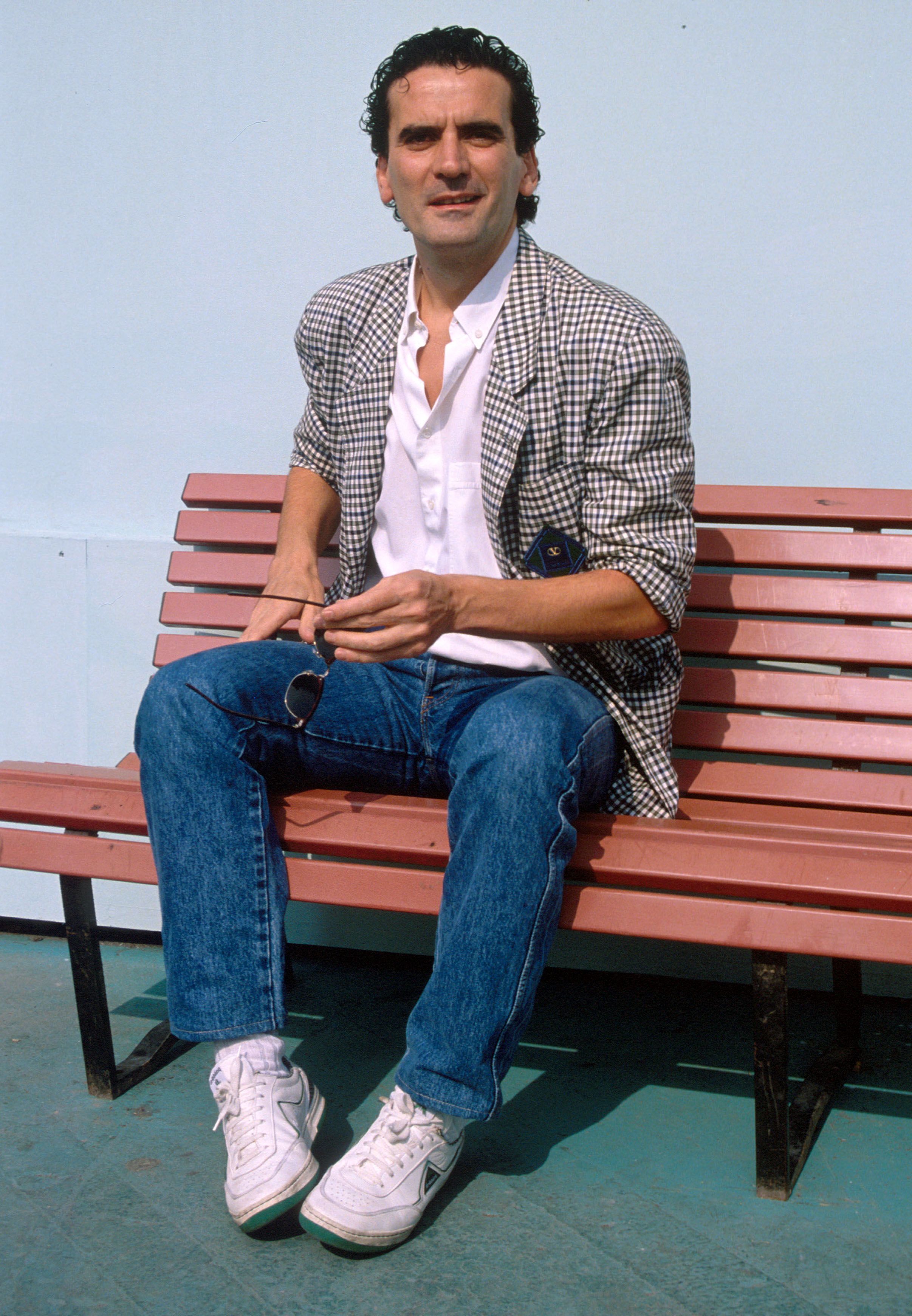
7. **Massimo Troisi**“Il Postino: The Postman” (1994), the charming Italian dramedy about the fictionalized relationship between renowned Chilean poet Pablo Neruda and a simple mail carrier named Mario, became an international hit, capturing hearts worldwide. However, this beautiful story is tragically intertwined with the immense personal sacrifice of its star and co-writer, Massimo Troisi, who passed away shortly before its release.
Troisi’s commitment to the film was extraordinary, especially considering his precarious health. He had suffered from a childhood illness that had severely taken a toll on his heart, and he was in a very poor condition during filming. Despite needing a much-needed heart transplant, he famously prioritized the completion of the film, postponing his medical care for the sake of his art, a testament to his profound dedication.
In a deeply touching part of the film, Mario, having lost contact with Neruda, is inspired to record the sounds of the island he calls home. From the gentle lapping of the waves to the precious, tiny heartbeat of his unborn child, he captures the essence of his world. This creative endeavor highlights Mario’s growth and deep connection to his surroundings, made all the more bittersweet by Troisi’s real-life struggle.
The film’s timeline then jumps ahead five years, revealing Mario’s tragic death. Heartbreakingly, only one day after principal photography for “Il Postino” wrapped, Massimo Troisi died of a heart attack. This devastating real-life event makes the film’s ending even more tear-inducing than it already was, transforming a fictional loss into a profound, shared moment of mourning for an actor who gave his very last beat to his art.
In the annals of Hollywood, there are also those tragic instances when fate intervened abruptly, cutting short brilliant careers not by prolonged illness, but by sudden, unexpected events. These moments of profound loss have often left filmmakers grappling with immense challenges, forcing them to find innovative ways to complete projects and honor the memory of stars who departed too soon. The solutions conceived – from clever editing to groundbreaking digital effects and heartfelt rewrites – became poignant tributes, ensuring that these artists’ final contributions to cinema would not be lost, and in turn, reshaping parts of the industry itself.
This next chapter delves into the stories of seven more iconic actors whose untimely deaths during or shortly after production created ripples through their films, the industry, and the hearts of fans. It’s a testament to creative problem-solving and the enduring human desire to complete a vision, even when faced with the most heartbreaking of circumstances, solidifying the legacies of those who gave their all to the silver screen.

8. **James Dean**James Dean, an iconic figure whose rebellious spirit captured the essence of a generation, left an indelible mark on cinema despite his tragically short career. His death at just 24, following a devastating car accident, occurred after he had completed principal photography for his final film, “Giant.” This meant his physical presence was largely captured, but Hollywood still faced a challenge in the film’s post-production phase.
One particular scene required Dean’s character to deliver a monologue while intoxicated. In his method acting approach, Dean had delivered some lines in a slurred, inaudible manner, intending to re-record them later when sober. However, his sudden passing meant this crucial reshoot was impossible. The studio, determined to honor his performance, brought in another actor, Nick Adams, to overdub the problematic lines, ensuring the scene’s integrity and Dean’s vision were preserved as much as possible.
The release of “Giant” posthumously cemented Dean’s legendary status, transforming him from a rising star into a cultural icon whose influence continues to resonate. His untimely death immortalized him, and the studio’s efforts to complete his final work became part of the mystique surrounding his brief but brilliant career, drawing audiences into his world of charisma and intense emotion.
Read more about: Remembering a Legend: Burt Reynolds and His 12 Most Iconic Roles That Defined an Era
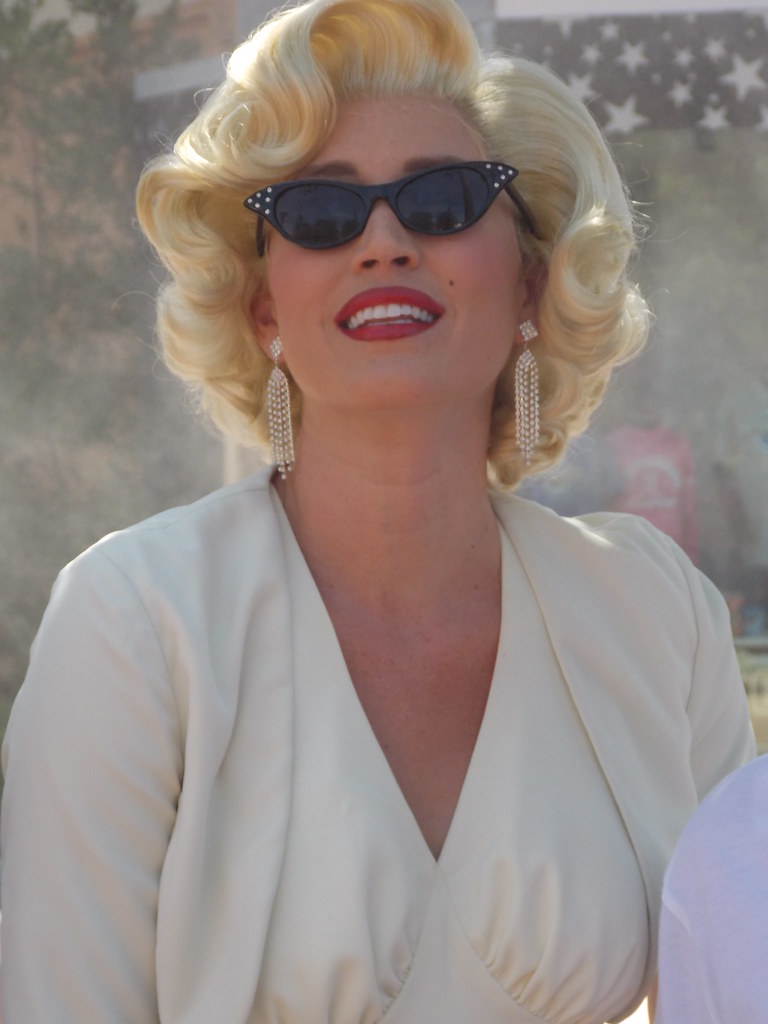
9. **Marilyn Monroe**Marilyn Monroe, a global sensation and symbol of beauty and vulnerability, tragically passed away mid-production of “Something’s Got to Give.” At 36, her sudden death from a barbiturate overdose sent shockwaves through Hollywood, leaving her final film unfinished and posing immense dilemmas for 20th Century Fox.
Monroe had already been facing scrutiny from the studio for showing up late to set, and rumors even circulated that she had been fired and replaced. However, her co-star Dean Martin, a highly sought-after talent himself, steadfastly refused to work with anyone but Monroe, underscoring her irreplaceable appeal and the deep loyalty she commanded from some colleagues. His unwavering stance highlighted the studio’s predicament and Monroe’s undeniable star power.
Despite desperate attempts to salvage the project after her death, the film was ultimately abandoned in its original form. Only partial footage from “Something’s Got to Give” has since emerged in documentaries, such as “Marilyn Monroe: The Final Days,” offering tantalizing glimpses of what might have been. This unfinished work only added to the enduring mystique of Monroe, leaving fans and historians to ponder the potential of her final cinematic endeavor.
Read more about: Beyond the Blockbusters: 13 ’60s Movie Stars Who Deserved More Hollywood Immortality

10. **Tyrone Power**Tyrone Power, a dashing leading man of Hollywood’s Golden Age, met a sudden and tragic end while filming “Solomon and Sheba.” At the age of 44, Power collapsed on set from a fatal heart attack during an intense duel scene, leaving the epic production in immediate disarray and requiring swift, decisive action from the studio.
The gravity of Power’s passing necessitated a complete recasting of the titular role. The formidable Yul Brynner was brought in as his replacement, leading to the monumental task of reshooting all of Power’s scenes. This significant undertaking allowed the production to continue, but not without acknowledging the original star.
As a heartfelt tribute to Power, the film’s director made the conscious decision to retain some of Power’s visible performances in long shot scenes, ensuring that his presence, however brief, would remain enshrined in the final cut. “Solomon and Sheba” ultimately became a testament not only to the studio’s resilience in overcoming an immense tragedy but also to Power’s enduring appeal and talent, with his final moments captured forever on screen.
Read more about: The Enduring Enigma of Linda Darnell: Unraveling the Tumultuous Life and Tragic Death of a 1940s Hollywood Star
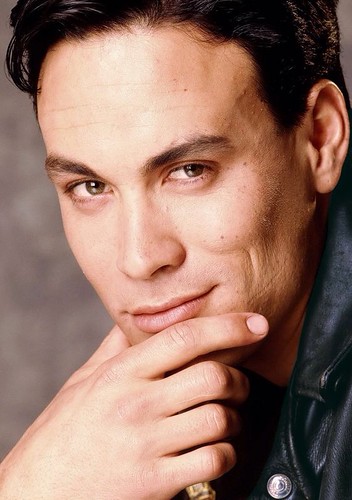
11. **Brandon Lee**Brandon Lee, a promising young actor poised for superstardom, met a profoundly tragic and shocking end during the filming of “The Crow.” At just 28, Lee’s life was cut short by a prop gun mishap during the final week of shooting, plunging the entire production into mourning and raising serious questions about on-set safety protocols.
The accident occurred under horrifying circumstances, leaving the cast and crew devastated and the film’s completion hanging in the balance. Despite the immense personal grief and the seemingly insurmountable challenge, the filmmakers made the difficult, yet determined, decision to complete the movie as a tribute to Lee’s vision and performance, driven by a desire to honor his legacy.
To accomplish this, the production team employed a combination of stunt doubles, innovative digital effects, and existing footage to meticulously complete Lee’s remaining scenes. “The Crow” was eventually released to critical acclaim, showcasing Lee’s powerful final performance and becoming a gothic classic. However, the film stands as a poignant and enduring reminder of the fragility of life and the critical importance of safety in filmmaking, significantly influencing industry standards.
Read more about: Unveiling the Unseen: Why Ferrari’s One-Of-A-Kind Masterpieces Reside in the Enzo Ferrari Museum

12. **Heath Ledger**Heath Ledger, an actor celebrated for his transformative roles and profound versatility, left an indelible mark on cinema before his untimely passing at the age of 28. His death from an accidental overdose during the filming of Terry Gilliam’s imaginative “The Imaginarium of Doctor Parnassus” halted production and deeply saddened the global film community.
The whimsical and fantastical nature of the film’s premise, however, presented a unique and brilliant solution to the creative team. Gilliam, rather than recasting the role entirely, made the inspired decision to have three of Ledger’s close friends and esteemed colleagues – Johnny Depp, Jude Law, and Colin Farrell – step in to share his character, Tony. The narrative was cleverly adjusted so that Tony’s appearance transformed as he journeyed through magical realms, making the change plausible within the story.
This extraordinary creative decision not only allowed the film to be completed but also transformed it into a heartfelt, collaborative tribute to Ledger’s artistic spirit and talent. Each actor brought their unique interpretation while honoring the groundwork Ledger had laid, creating a powerful testament to friendship and collective artistry that resonated deeply with audiences and ensured his final performance would be celebrated.
Read more about: Chameleons of the Silver Screen: Unpacking the Unparalleled Versatility of 14 Iconic Actors Across Genres
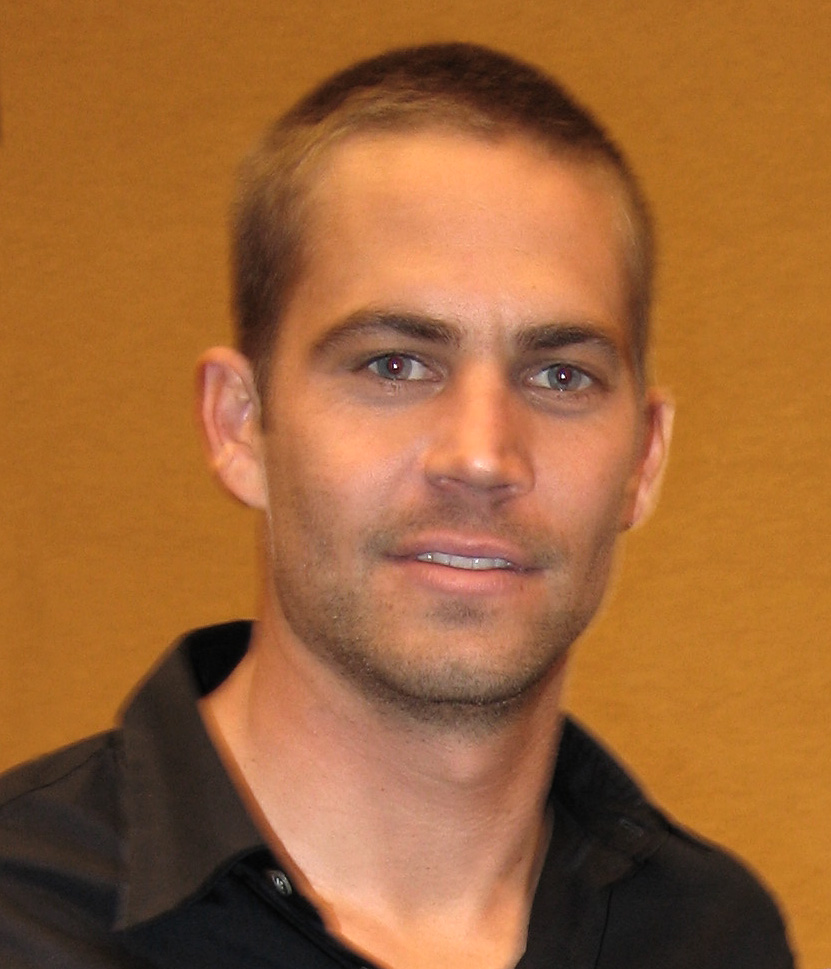
13. **Paul Walker**Paul Walker, the beloved star integral to the high-octane “Fast & Furious” franchise, tragically died in a car accident at 40, not on set, but during a break in the production of “Furious 7.” His sudden and devastating demise left the film in an unprecedented limbo, forcing the filmmakers to navigate both immense grief and the complex challenge of completing a multi-million dollar blockbuster without its key star.
Walker’s character, Brian O’Conner, was central to the series, making his absence a profound narrative and practical problem. In a remarkable show of family and cinematic ingenuity, the production team enlisted Walker’s own brothers, Caleb and Cody, as stand-ins. Combined with cutting-edge CGI technology, they were able to recreate Walker’s likeness, allowing for the completion of his remaining scenes and a fitting on-screen farewell.
The script was carefully adjusted to gracefully weave Walker’s character’s storyline towards a poignant and emotional conclusion, offering fans a sense of closure. “Furious 7” ultimately became a global phenomenon and a powerful, heartfelt tribute, celebrating Walker’s enduring contributions to the series and transforming a personal tragedy into a shared moment of mourning and remembrance for his legions of fans worldwide.
Read more about: From ‘Whoa!’ to ‘Wait, What?!’ — The Wildest Actor Replacements in Hollywood History That Tried (and Failed) to Fool Us All!
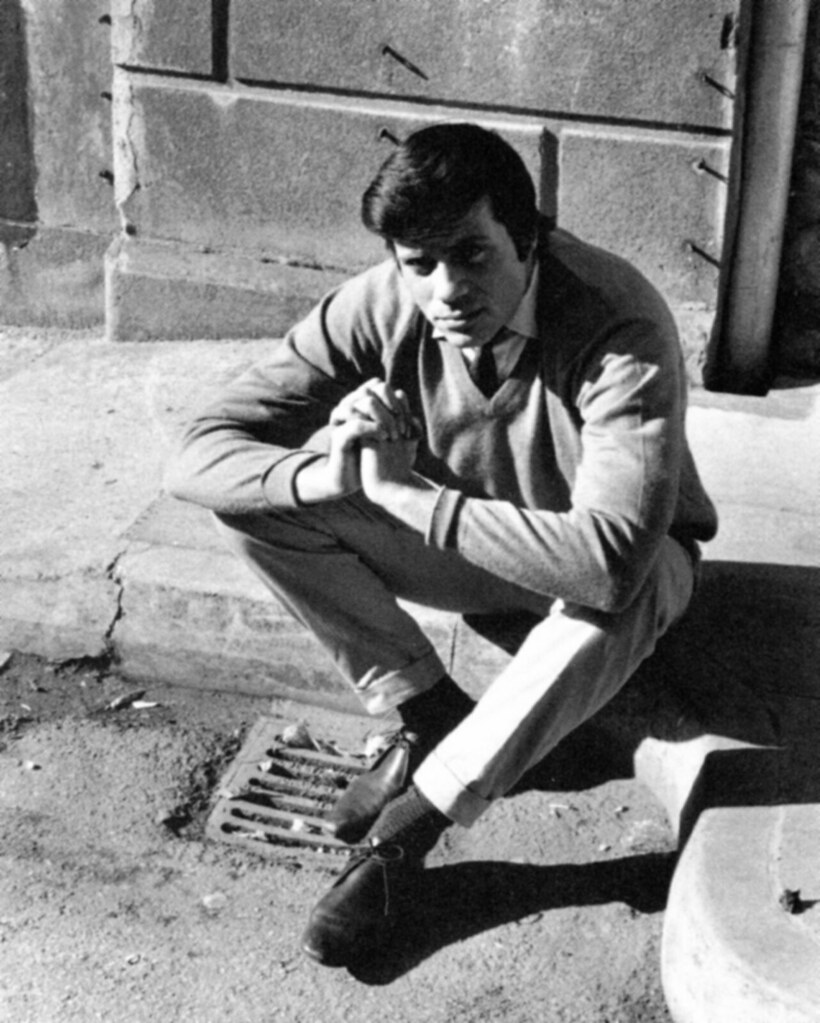
14. **Oliver Reed**Oliver Reed, a larger-than-life presence in the film industry known for his intense performances, passed away suddenly while working on Ridley Scott’s epic historical drama, “Gladiator.” At 61, Reed suffered a fatal heart attack during a break from filming in Malta, leaving his critical role as the fierce gladiator trainer Proximo incomplete and posing a significant challenge for the production team.
Reed’s character was pivotal to the narrative, and his sudden death required an inventive solution to complete his remaining scenes without compromising the film’s integrity. The filmmakers, leveraging the burgeoning CGI technology of the time and employing body doubles, meticulously integrated Reed’s character into the finished film, creating sequences that posthumously honored his performance and ensured the story’s continuity.
“Gladiator” went on to achieve immense critical and commercial success, winning multiple Academy Awards, including Best Picture. Reed’s powerful, memorable performance, completed through pioneering digital wizardry, ensured his legacy would endure on screen, even in his physical absence. The film stands as a testament to Hollywood’s evolving ability to overcome such profound losses, while simultaneously commemorating the unforgettable talents of actors like Oliver Reed.
Read more about: Navigating the Automotive Minefield: 12 Cars That Could Cost You a Fortune in Repairs
The stories of these remarkable actors, whether they consciously battled illness or were taken too soon, reveal the profound commitment inherent in their craft. From the quiet dignity of a final monologue to the breathtaking innovation required to complete an epic, each narrative underscores the human spirit’s resilience and Hollywood’s unwavering dedication to storytelling. These legacies are not just about the films they left behind, but the indelible impact they had on their colleagues, their industry, and the countless audiences whose lives they touched, proving that true artistry, even in the face of mortality, truly transcends time.



